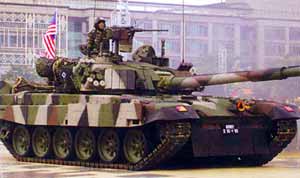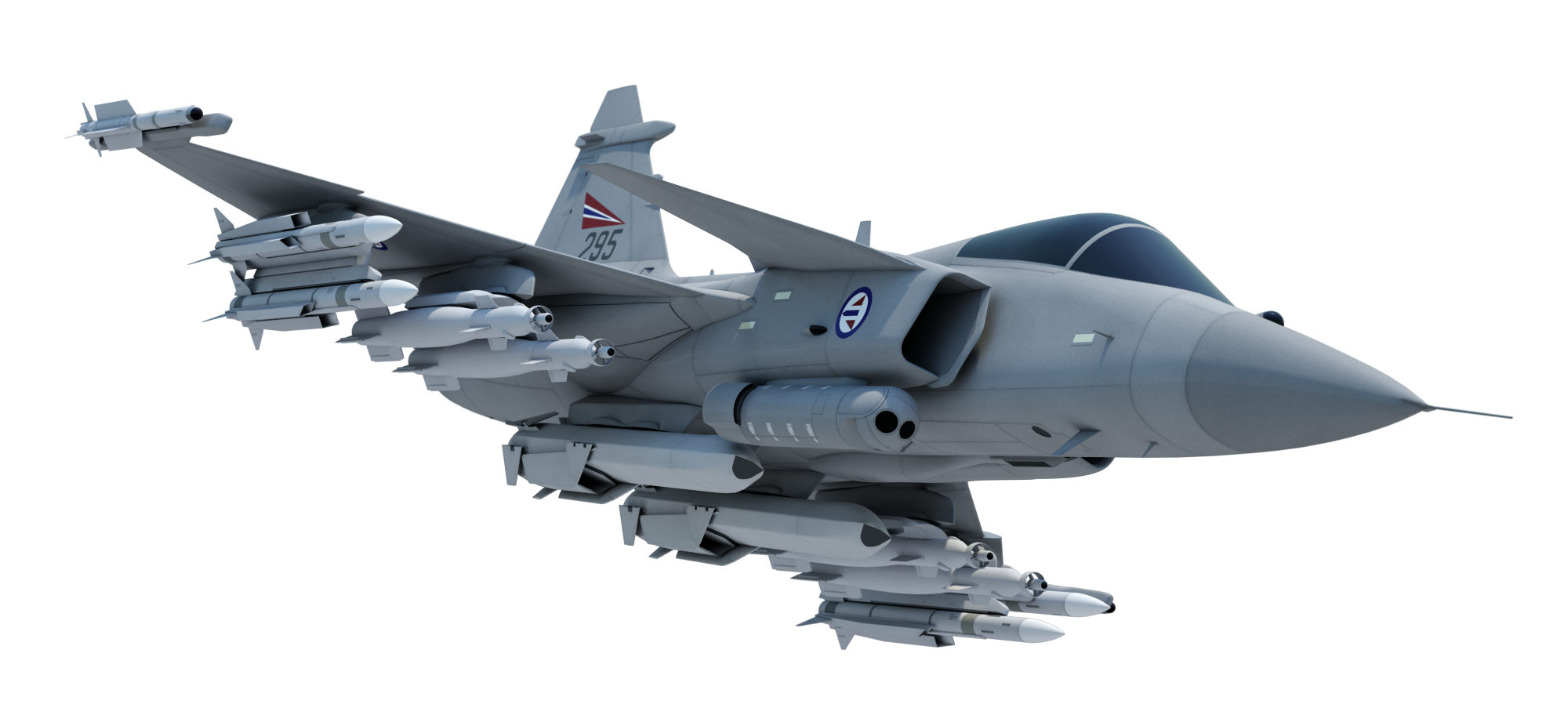
Gowind OPV / corvette designed & manufactured by DCNS. Gowind entry level / demonstrator, OPV L'Adroit now under trial with French Navy. It's main mission is fisheries protection, maritime safety & security. Key of advances design are aft boat ramps, panoramic bridges, single enclosed mast & Polaris smart mission system. Gowind OPV / corvette will extend area of surveillance & automatic detection of suspicious behaviour of other ships.
Gowind family ship is a family of ships with some common systems & design elements and designed for in-shore patrol needs to heavy corvette or light frigate designs. It shape was designed for stealth feature with improved radar cross section signature.
Design
Gowind length around 85mm to 107mm with displacement between 1,000 tones to 3,000 tones. It can going out for a mission with 3 weeks blue-water endurance, 8,000 nautical miles range. Maximum speed of Gowind is 21 knots - 28 knots.
It's can accommodate a helicopter, UAV & a crew of 50 - 75 persons.
Panoramic bridge was built for 360 degrees visibility with single enclosed mast for radar for extended area surveillance. Gowind was designed using steel mono hull design. It was design for simplicity & easy customer for costuming based on customer requirement and fabricate in local shipbuilding under Transfer of Technologies (TOT) agreement.
Mission
Gowind class OPV / corvette mission is for anti-piracy, sea control & denial, combat, counter-terrorism, anti-smuggling, oil & gas platform protection, search & rescue, fisheries protection etc.
Command & Control Systems
SETIS Combat Management System was fitted in Gowind Class OPV / corvettes. SETIS designed was incorporates with COTS (commercial-of-the-shelf) open system architecture. For anti-submarine, VDS sonar (Thales) with towed array sonar which integrated with 2 triple torpedo launcher was fitted. Thales Captas family was used for hull sonar.
Thales SMART-S Mk2 3D multiple beam radar fitted for ship navigation system. Rheinmetall TMEO Mk2 / EO used for electro-optical, tracking & fire control radar.
Weapon Systems
Gowind OPV / corvette equipped with water cannon, 12.7 mm remotely controlled guns, 20 mm guns, 76mm naval guns, anti-ship missile, ship self defense / air defense system & Electronic Warfare Suite (EWS).
It can be fitted with 12 Vertical Launch cells (DCNS Sylver cells) which can launch MBDA VL MCA air defense missile or Aster 15 Surface-to-Air missiles.
For anti-ship / surface missiles, Exocet MM40 Block II anti-ship missile can be fitted.
Propulsion
Gowind corvette powered by 4 x MTU Diesel engines in CODAD configuration which driven propeller & water-jet system & water-line engine exhaust system for low thermal sign.
Gowind Variants
Gowind OPV / Corvette was designed in a few variants:
1. Gowind Control Corvette / 120 Designs / Sovereign Enforcer
1,000 tones Gowind Control corvette designed for patrol & sovereignty Enforcement in littoral & EEZ. It missions included special forces & commando fast deployment.
The hull length for Gowind Control is 85 m & armed with 76mm cannon and can deploy inflatable boat. ES L'Adroit was designed in Gowind Control corvette for sea trial with French Navy.
2. Gowind Presence Corvette / High Seas Master
2,000 tones Gowind High Seas Master designed for long range intervention and long period at sea (up to 3 weeks). It designed accommodate for helicopter landing deck.
3. Gowind Action Corvette / Deterrent Warrior
Gowind Action corvette was equipped with a suite of anti-air & anti-surface sensors & weapons system. It can be fitted with VL MICA short-range surface-to-air missile & Exocet MM40 anti-ship missile.
4. Gowind Combat / 200 corvette
2,250 tonnes fully armed Gowind Combat can carry 57 mm guns, vertical-launched cells, anti-aircraft, anti-ship missiles & can accommodate a helicopter up to 10 tones weight.
User Countries
ES L'Adroit Gowind OPV already on trial with the French Navy. South Africa also showed interest with Gowind OPV / Corvette ship.
In October 2010, Bousted received LOI from Malaysia government to supply 6 units new SGPV (Second Generation Patrol Vessel). Bousted Naval Shipyard finally awarded a contract to supply 6 units new SGPV for Royal Malaysian Navy worth US $2.6 billion. Bousted chose DCNS Gowind Class OPV / Corvette design for new RMN SGPV. Malaysia become the first Gowind Class paid customer. Competitor for new SGPV during evaluation process including Dutch firm Kamen which offered SIGMA ships (similar with Indonesia SIGMA ship) & Germany TKMS which offered MEKO class ship.
Malaysia Gowind OPV / Corvette ship configuration expected are 109 m length, displacement of 2,750 tones and speed of 29 knots.
It will powered by 4 MTU diesel engines with CODAD configuration & expected to be equipped with Bofors 57 mm Mk 4 gun, 8 x VL Mica launcher, Breda 30mm remote controlled gun.


